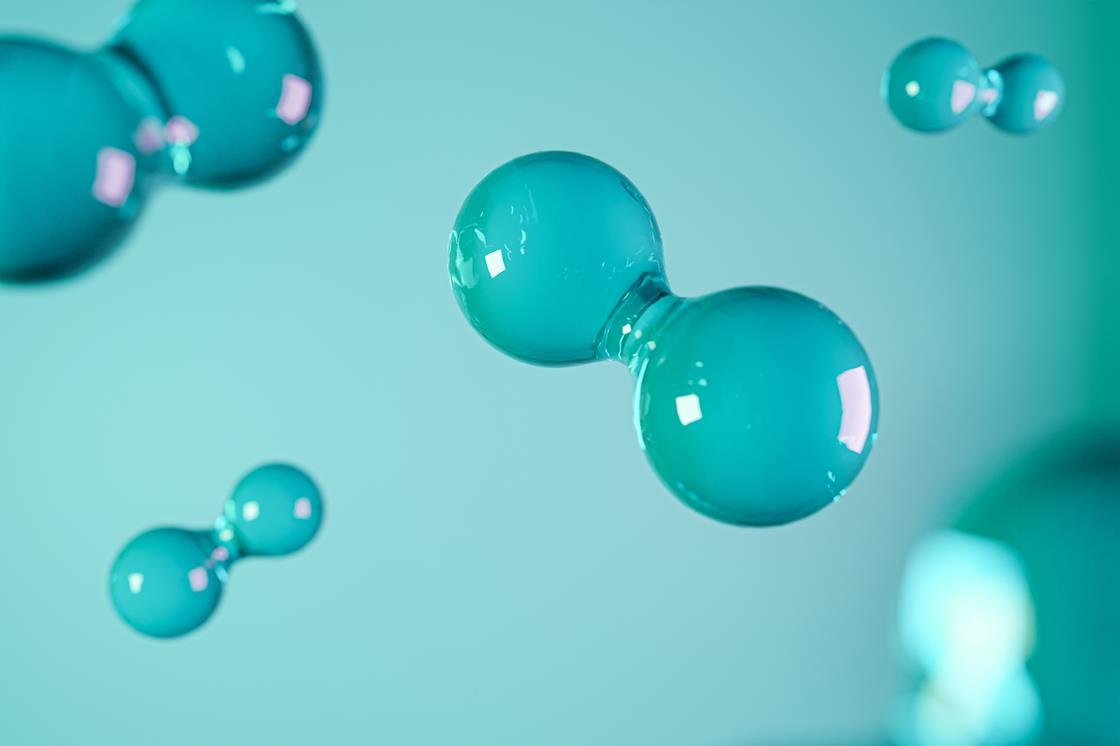Enhancing Carbon and Hydrogen Production in Methane Pyrolysis through Oxidant Addition
Key Ideas
- Introducing small amounts of oxidants like carbon dioxide and water into methane pyrolysis can double carbon yield and boost hydrogen production, challenging previous beliefs about the process.
- Oxidants facilitate the formation of thick carbon layers, accelerate the breakdown of cementite, and promote the growth of graphitic materials, leading to higher conversion rates and improved catalyst longevity.
- The economic analysis suggests that incorporating oxidants in methane pyrolysis can enhance profitability by reducing the need to recycle methane and making the process less energy-intensive compared to steam methane reforming.
- The study has been praised as an important contribution to the field of pyrolysis by experts like Chester Upham, who sees it as a valuable step towards producing affordable clean hydrogen.
A study led by Marco Gigantino and Henry Moise from Stanford University in the US highlights the benefits of adding small amounts of oxidants like carbon dioxide and water into methane pyrolysis. Traditionally considered contaminants, these oxidants were found to significantly improve carbon and hydrogen production while sustaining catalyst activity. The research challenges the conventional belief that oxidants are detrimental in methane pyrolysis by showing how they enhance the process. By using a fluidised bed reactor filled with Fe/Al₂O₃ catalyst, the team demonstrated that introducing just 5% carbon dioxide into the methane stream doubled the carbon yield and boosted hydrogen production. This addition resulted in the production of carbon monoxide as a byproduct, promoting the detachment of thick carbon layers ideal for harvesting solid carbon without deactivating the catalyst. The study also explored the optimal ratios of oxidants to methane, showcasing over 30% more carbon production than with methane alone. Raman spectroscopy revealed structural improvements in the carbon, favoring the growth of graphitic materials and carbon nanotubes. The team's experiments in both fluidised bed and monolithic reactors consistently showed higher conversion rates and greater carbon accumulation with oxidant co-feeds. The economic analysis indicated that incorporating oxidants could lead to higher profitability by reducing methane recycling and lowering energy requirements. Experts like Chester Upham from the University of British Columbia commend the study for its contribution to the field of pyrolysis and the production of affordable clean hydrogen.
Topics
Production
Clean Energy
Research
Economic Impact
Methane Pyrolysis
Catalyst
Carbon Production
Fluidised Bed Reactor
Raman Spectroscopy
Latest News
